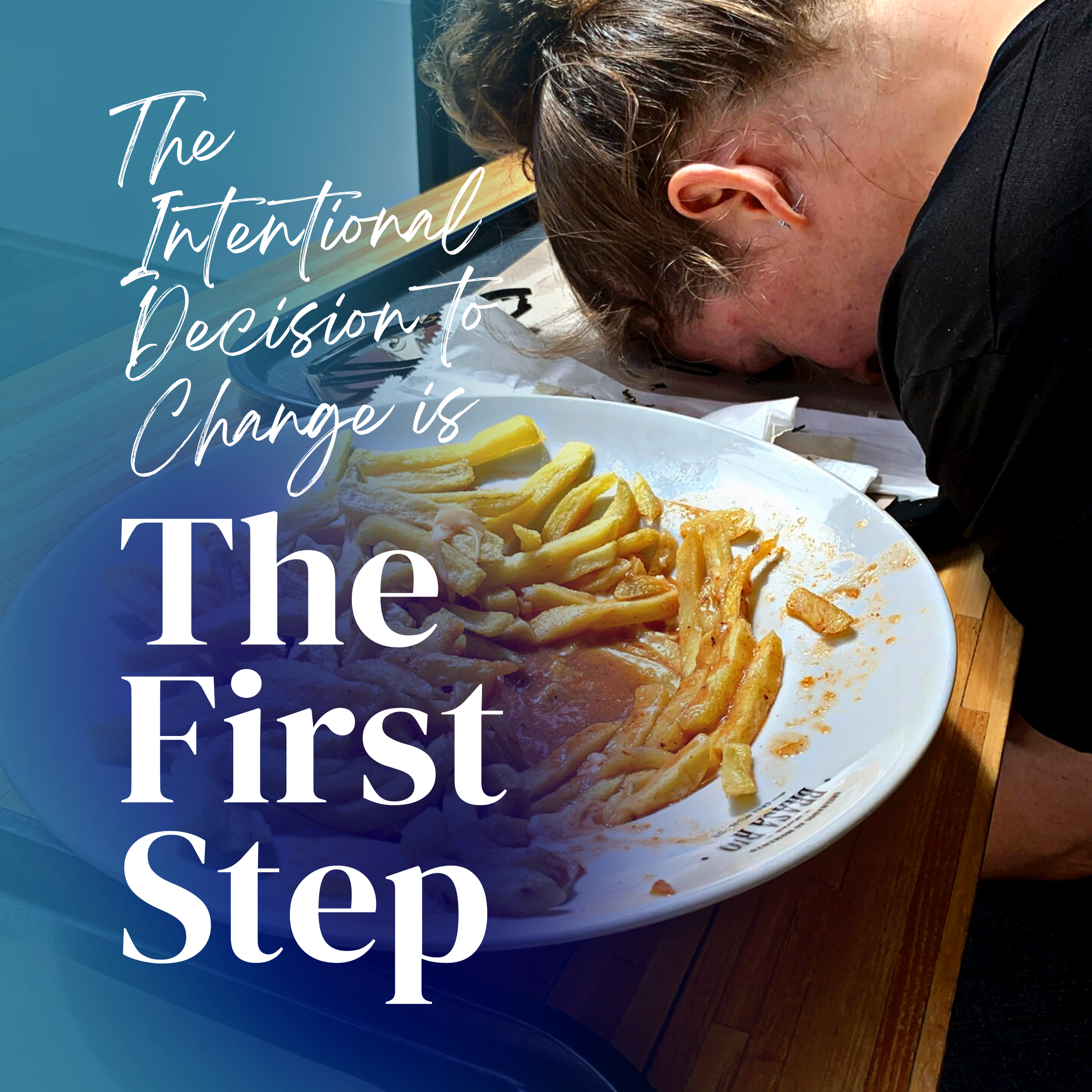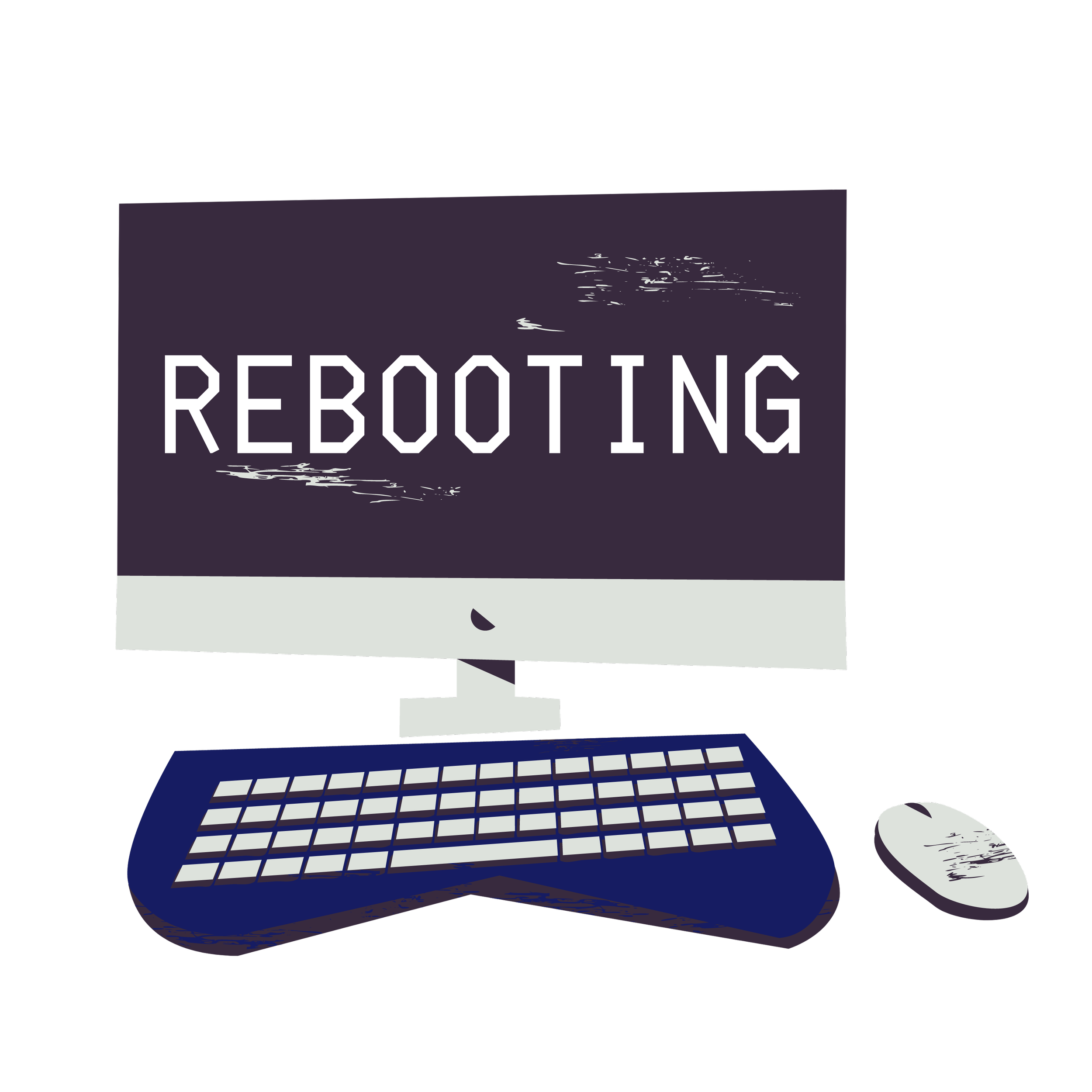The Intentional Decision to Change is the First Step
It wasn’t until age 19 that I realized in order to achieve something I really wanted, my habits were going to need a big overhaul. I wasn’t doing anything egregious like drugs behind the stairs at school or eating cake for breakfast, but I had just finished my first year of college and realized that how I was spending my time was not optimal for my success as a student-athlete.
In school for example, procrastinating studying and then compensating by staying up late cramming for next day exams was normalized, so I followed the crowd and struggled because by the time it came to taking the test my brain was cerebral moosh.
In athletics, it surprised me that my teammates would either come an hour early to practice or stay an hour late to get up extra shots, conditioning, or treatment for their injuries, which I thought strange as I had never seen that from my teammates during high school.
It struck me after that year of mediocrity, that maybe my habits and decision making had not been my own, but a product of not knowing a better way and a conditioning of my environment and lack of experiences.
I could no longer do the minimum and expect to excel.
Like a computer, I needed to restart my system and replace bad habits with better habits.
If that Sounds Familiar…
For many of us, getting the opportunity to be guided and shown the way to what it truly takes to be successful, is a rare luxury. Even more mystical is having that opportunity interwoven with how to become successful and retain your sanity.
However, eventually that day comes for all of us. The day when we realize we aren’t happy with where we’re at.
Once we wake up to the reality that we want more for ourselves, we can stop ignorantly denying that our present situation is not serving us and accept that it’s time to change our circumstances and conditioning.
This intentional decision to change is the first step.
Next, what and who can we identify as important and adding value to our lives. What and who is not? In truth, identifying these is exponentially easier than the necessity of phasing them out. Some things are truly addictive, ask anyone who has been a smoker or in a toxic relationship.
Okay, so now that we’ve identified and filtered out the unhelpful, let’s talk about the elephant in the room.
Why most people fail at long-term habit change, is that because it is a long, tedious process and you can’t approach it like a sprint, you must approach it like a marathon.
It does not happen in the instance you decide to make the change, it happens in the repetition of making that decision over and over again. Just like when you lift weights, in order for your muscles to get stronger you can’t just workout once, you have to sweat and feel the pain over the course of many workouts in order to feel and see change.
Stick with it friend, if it’s truly important to you, you’ll find a way to overcome the fleeting urges to go back to your old ways. Future you will be glad you did.
Simple Swaps
Not sure where to start? Here’s a few simple swaps that can help you get on track:
Hit snooze vs. put your alarm on the other side of the room and get your butt out of bed
Roll out of bed and leave it a mess vs. make your bed and high five your pillow for a job well done
Take a comfy hot shower or don’t even bother to shower to start your day vs. take a shower and then end it with a minute under cool water focusing on breathing normally
Not pack any snacks or lunch for the day and come home ravenous, eating all in site like the Kirby video game character vs. plan ahead and pack food because you’re not a cute pink cartoon, but a human who needs energy throughout the day
Get minimal fresh air, as in going to and from your car and house vs. getting outside for a 10 - 20 minute walk and sunshine in your eyeballs
Listen to background music as white noise vs. take a moment to actually listen to a full song and be present with the music
Pop your phone open when bored or uncomfortable vs. really look at your surroundings or strike up a conversation with a person near you

